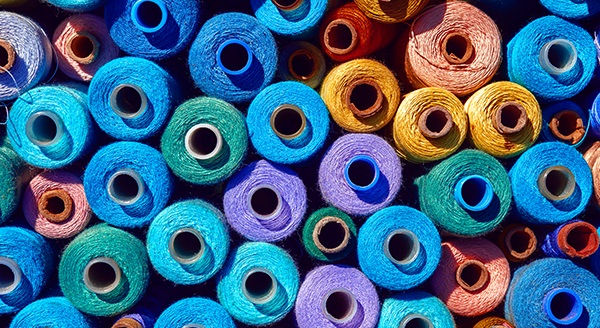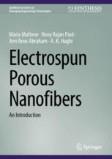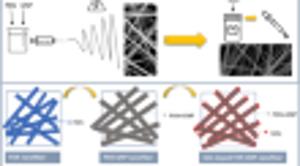Springer |
|---|
Homogeneous electrospun regenerated cellulose nanofiber-based membrane adsorber for membrane chromatography applications |
.jpg)
Electrospun nanofibers are promising for filtration and biomedical applications due to their high porosity and surface area. In bioprocessing, they... |
||
|
2025-05-27 Read more about this article in source |
||
-
Springer more ...
Polycaprolactone/chitosan/manganese (II) oxide nanofiber: improving pH stability of arginase enzyme
.jpg?v=-o-jyEfMkTx4groIJmgGuagRMScLdsinq2Z0OEhbMSg)
This study explores the fabrication and characterization of advanced polycaprolactone (PCL)/chitosan (CS)/manganese (II) oxide (MnO) nanofiber for... 06/10/2025
-
Springer more ...
Enzyme-Integrated Polyacrylonitrile/Graphene Nanoplatelet Antibacterial Nanofiber Air Filter for Indoor Bioaerosol Removal

AbstractThe recent COVID-19 pandemic has amplified concerns about indoor air quality, emphasizing the need for effective air filtration solutions to... 06/01/2025
-
Springer more ...
Homogeneous electrospun regenerated cellulose nanofiber-based membrane adsorber for membrane chromatography applications
.jpg?v=p2zT0S83tqZiw7zW4uJdj1bm0KIlirpEM0IjMl6Jl4U)
Electrospun nanofibers are promising for filtration and biomedical applications due to their high porosity and surface area. In bioprocessing, they... 05/27/2025
-
.jpg?v=H0vSKF9OnDD0vhN0SZoTalEFi_bKW0XbH97B0SqVak4)
Augmented-tactility wearable devices have attracted significant attention for their potential to expand the boundaries of human tactile capabilities... 04/28/2025
-
Springer more ...
Crafting high-temperature stable and hydrophobic nanofiber membranes for particulate matter filtration
.jpg?v=JscqwJYSnGiHoJ4IhOOJIlSHNRi5uUPdIiudQJ3BTNU)
The demand for advanced applications in nanofiber technology has been increasing in recent years, one of which is in the field of particulate matter... 04/30/2025
-
ResearchGate more ...
A comparative fractographic analysis for the effect of polymeric nanofiber reinforcements on the tensile behavior of multi-layered epoxy nanocomposites
This study presents a comparative investigation into the effects of four different nanofibers—PA66, PStX, PAN, and PVB—on the mechanical performance and failure mechanisms of epoxy adhesive films. These nanofiber‐reinforced adhesive layers were manufactured via a dry‐reinforcement resin film infusion method and tested under uniaxial tensile loading. Mechanical results showed that PA66 and PStX nanofibers improved tensile strength by up to 25%, primarily by mitigating crack initiation at free edges and promoting effective fiber–matrix bonding. In contrast, PAN nanofibers induced micro‐cracks at the fiber–resin interface, amplifying crack coalescence and reducing strength by 25%. 03/01/2025



